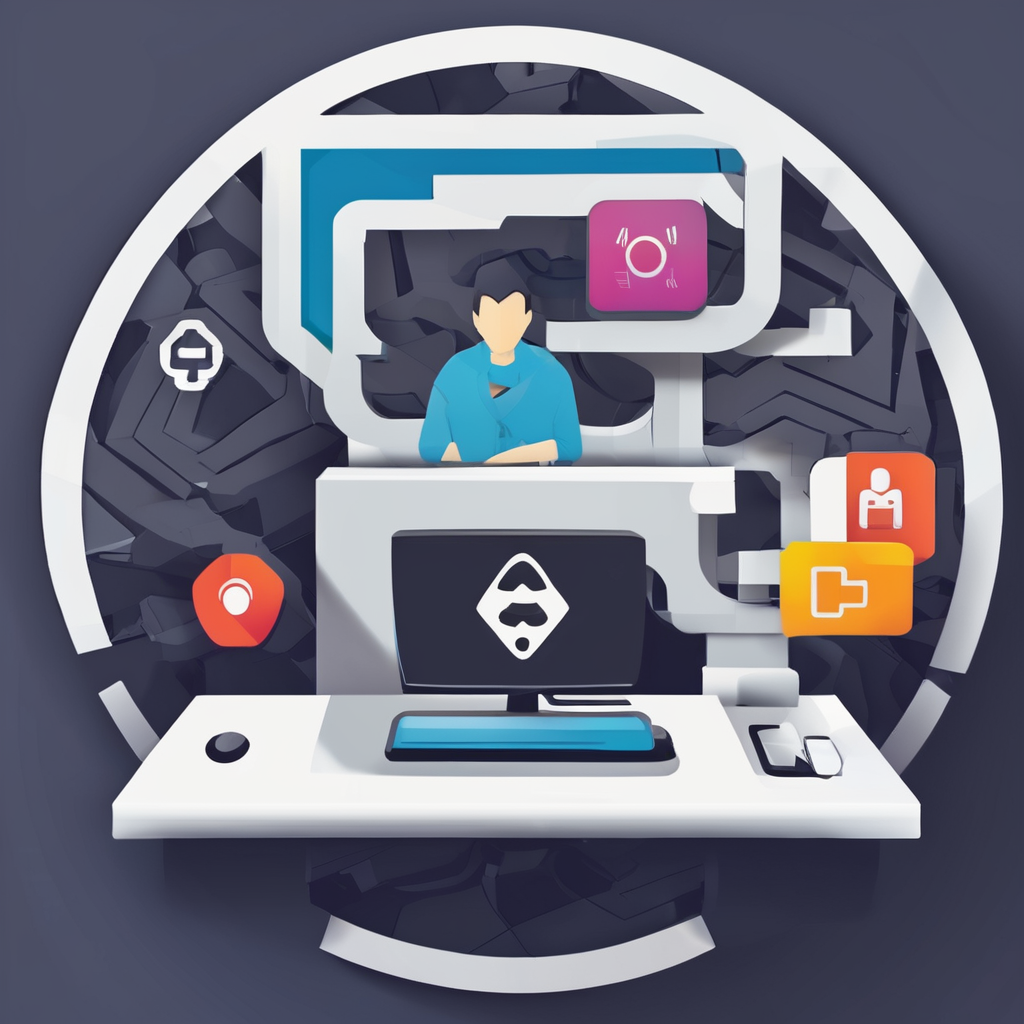Integrating AI in Education
Artificial Intelligence (AI) plays a crucial role in elevating educational outcomes by providing personalized learning experiences. This technological advancement allows educators to tailor educational content to suit individual learning paces and styles, thereby enhancing retention and engagement among students. Educational institutions are increasingly adopting AI integration in education to leverage its benefits.
Various educational technology tools powered by AI are available to schools and universities. These include intelligent tutoring systems, automated grading systems, and learning analytics. Each tool serves a distinctive purpose. Intelligent tutoring systems, for instance, provide immediate feedback and support, mimicking personal tutors. Automated grading systems reduce teachers’ workload by efficiently assessing assignments. Learning analytics helps educators track student progress and identify areas of improvement.
Have you seen this : Unlocking the power of multilingual ai chatbots: key strategies for optimal performance
Institutions aiming to adopt AI must first assess their AI readiness. This involves evaluating current technological infrastructure, staff competency in AI tools, and the institution’s willingness to adapt to technological changes. By identifying potential barriers and developing strategies to overcome them, educational settings can effectively integrate AI systems. This ensures that advancements in AI integration in education translate into meaningful educational enhancements.
Customizing Learning Experiences
In today’s dynamic educational landscape, understanding learner profiles and their needs is crucial for fostering student engagement. Each learner brings a unique set of experiences, preferences, and challenges, which adaptive learning strategies can address effectively. By tailoring education to individual needs, students are more likely to stay engaged and achieve better outcomes.
Also read : Maximize your workflow with top notion templates today
Central to this process is utilizing data analytics for personalized curriculum development. Schools and educators can gather and interpret data to create customized learning paths, facilitating a targeted educational journey. Through data, educators identify patterns, track progress, and adjust teaching methods, ensuring each student receives the support they require.
Case studies further illustrate the benefits of customized learning. For instance, one urban school district implemented adaptive learning technology, resulting in improved academic performance and significant enhancements in student motivation. Such examples showcase how the strategic application of customized learning can lead to successful outcomes.
Overall, focusing on the principles of adaptive learning strategies and leveraging data analytics can transform the educational experience. By doing so, educators can cater to diverse learner profiles, ultimately enhancing student engagement and achievement.
Strategies for Implementation
Successfully integrating AI into educational settings requires a multifaceted approach. Fundamental to this implementation strategy is establishing a solid educational framework. Schools should aim to develop an AI-driven curriculum that aligns with overarching educational goals. This involves identifying key subject areas where AI can enhance learning and employing best practices to seamlessly incorporate AI tools and methodologies.
Key roles within this process include school administrators, who must spearhead policy creation and allocate resources effectively. Teachers play a crucial part in the implementation, needing to adapt their teaching methods and undergo training to effectively use new AI technologies. Additionally, input from students and parents can provide valuable perspectives that shape the implementation strategy and ensure it meets broader educational needs.
Some best practices include ensuring all stakeholders have a shared understanding of project goals, fostering a culture of openness to new technologies, and maintaining ongoing dialogue among educators and technologists to regularly evaluate and adjust approaches. By following these strategies, schools can ensure that AI tools not only supplement their curriculums but actively enhance the educational frameworks in place.
Tools and Technologies to Utilize
In the rapidly evolving educational landscape, leveraging educational AI tools can enhance learning experiences. Among the top choices, tools like Khan Academy’s AI and Duolingo stand out for their ability to personalise education through adaptive algorithms. These tools adjust content based on the learner’s pace, providing a tailored educational journey.
When selecting technology resources, it’s crucial to match the tool to specific learning goals. For instance, if the goal is to improve STEM capabilities, platforms like ST Math and Carnegie Learning might be ideal due to their interactive problem-solving features. The focus should always be on whether the tool can effectively address the educational needs in question, enhance engagement, and offer measurable outcomes.
Learning management systems (LMS) have significantly evolved, integrating AI to further support educational objectives. Modern LMS innovations facilitate intelligent data analytics, offering educators insights into student performance and learning patterns. Systems like Canvas and Moodle can integrate AI to automate administrative tasks, freeing up educators to focus on personalized teaching. Through these technologies, the education sector is increasingly able to provide a more efficient, engaging, and outcomes-focused learning experience for students.
Overcoming Challenges in AI Adoption
Navigating the challenges in AI education requires addressing common barriers and fostering readiness for change. One major obstacle is resistance to change, often stemming from a lack of understanding or fear of the unknown. Educators, who are pivotal in implementing AI learning, may hesitate to adopt new technologies without clear benefits or training. Identifying these concerns early paves the way for successful integration.
Moreover, effective resource allocation is essential to overcome initial hurdles. Many institutions face budget constraints, limiting their ability to invest in advanced AI tools and training programs. Strategic planning to allocate resources effectively ensures that schools can support AI initiatives without compromising other essential educational needs.
Fostering a culture of innovation involves empowering educators through targeted training and continuous professional development. By equipping teachers with necessary skills, they become confident in deploying AI technologies and can tailor AI applications to enhance classroom learning. Encouraging collaboration and shared experiences among educators further builds a supportive community, reducing resistance to change. In essence, embracing comprehensive strategies that include training, resource management, and open dialogue shield against the challenges hindering AI adoption in education.
Future Trends in AI and Education
The future of AI in education presents an exciting landscape of possibilities, where emerging technologies are set to transform learning environments significantly. Predictions suggest that AI will tailor educational experiences to individual learning styles, promoting personalized education. These advancements are expected to continue shaping educational paradigms, introducing intelligent tutors and adaptive learning systems capable of identifying and addressing knowledge gaps.
As AI technologies evolve, their long-term impact on education could be profound. Imagine classrooms equipped with virtual teaching assistants capable of adapting to the cognitive and emotional needs of each student. These innovations could democratise access to high-quality education, breaking barriers and meeting diverse learners’ needs.
Nonetheless, these developments bring forth ethical considerations crucial for responsible AI integration. Transparency remains paramount; AI applications in education must ensure data privacy and fairness. Stakeholders must carefully navigate these considerations to harness AI’s full potential responsibly. By balancing innovation with ethical guidelines, AI will redefine the boundaries of education, making it accessible and effective for all.










